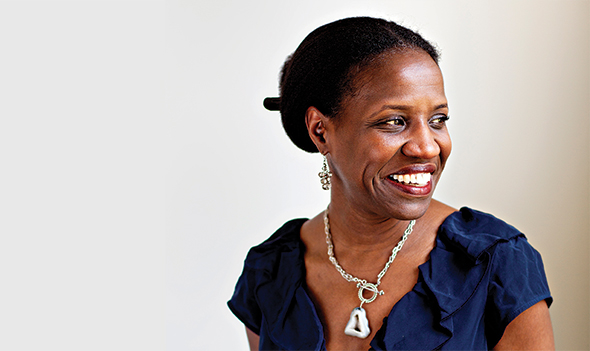 This week, while everyone was busy trying to get off the waitlist, Bwog’s newborn and junior staff writer, Layla Alexander, went to an art event on photography, Listening to Images.
This week, while everyone was busy trying to get off the waitlist, Bwog’s newborn and junior staff writer, Layla Alexander, went to an art event on photography, Listening to Images.
This past Thursday evening, I entered the Diana Center in anticipation of an engaging presentation on how black people had been portrayed in photography throughout the 20th and 21st centuries, but what I learned was so much more nuanced and profound.
Tina Campt, director of the Barnard Center of Research on Women, along with several other distinguished professors from across the mid-Atlantic, hosted a salon in honor of Campt’s recently published archival collection of photographs, Listening to Images. The book details the portrayal of black subjects through photography as well as the “quiet frequencies” that accompany these photographs. Many of the photos that Campt studied during her travels through Germany, South Africa, and the US, were mugshots, or “convict photos” that reduced photographic subjects to “prisoners and nothing more.” In her book, Campt seeks to highlight this flawed depiction of black people and raise consciousness surrounding the implications of one-dimensional historical archives.
One theme in particular that Campt highlighted was the “refusal” that was inherent in her archival processes — that is, a refusal to accept the histories that these photographs displayed. Another Columbia professor highlighted that trans individuals had also been misrepresented throughout history, either being presented as cis-gender or being silenced and removed from history altogether, rendering them “untraceable.”
As the discussion neared its end, several of the professors mentioned that Campt’s work comes at a critical point in US history and ultimately underscores the importance of “black feminist grammar” in a world that continues to come to terms with its own history.


 0 Comments
0 Comments